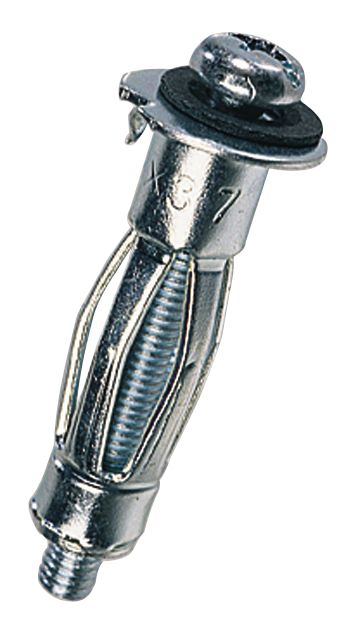Hi folks,
I'm looking to hang heavy shelves on an internal stud wall, with overall weight being around 15kg.
The wall in question is a structural stud, composed of 9mm ply, 12.5mm plasterboard and then a few mm of skim on top.
Has anyone hung anything fairly heavy on this type of wall? If so, what type of fixing did you employ? I'm aware that the cavity behind is fairly narrow and as wiring/piping is possible, I'm keen on short/shallow solutions as well. Also, as is always the case, the studs don't line up with where we'd like the shelves to be, plus the ply element means a stud finder buzzes all over the entire wall, on either the wood or metal setting.
Thanks very much in advance for any help!
Trevor
I'm looking to hang heavy shelves on an internal stud wall, with overall weight being around 15kg.
The wall in question is a structural stud, composed of 9mm ply, 12.5mm plasterboard and then a few mm of skim on top.
Has anyone hung anything fairly heavy on this type of wall? If so, what type of fixing did you employ? I'm aware that the cavity behind is fairly narrow and as wiring/piping is possible, I'm keen on short/shallow solutions as well. Also, as is always the case, the studs don't line up with where we'd like the shelves to be, plus the ply element means a stud finder buzzes all over the entire wall, on either the wood or metal setting.
Thanks very much in advance for any help!
Trevor


